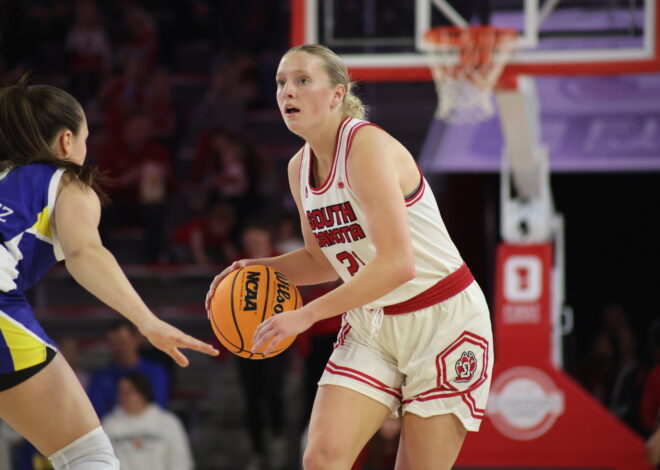COLUMN: Slow pace hurts college basketball brand
With apologies to Andy Williams, it’s officially the most wonderful time of the year: March Madness.
College basketball’s postseason tournament draws mass quantities of sports and non-sports fans every year, regardless of personal rooting interests. Millions of Americans eagerly fill out a bracket with varied levels of knowledge and wait for the onslaught of games to ensue.
I enjoy March Madness as much as any other person; as a basketball enthusiast, I fill out a minimum of three brackets every year; I’ve correctly predicted the nation champion the last four years (Shout out to Kemba Walker for keeping my streak alive in 2011). I’ve attended two Sweet 16 games and I plan on going to a Final Four at some point in my life.
I’m also a major college basketball fan. I love watching teams I have no connection to because I thoroughly enjoy basketball as a sport and also appreciate the collegiate atmosphere. Basketball is my favorite sport to watch and second favorite to play, so I have a deep interest for hoops in general.
But I’m in a minority in the population of sports fans and if you’re a sports fan, I don’t know why you would want to follow college basketball.
It has become unwatchable.
The pace of play in college basketball is absolutely horrendous. Aided by the 35-second shot clock, teams are able to swing the rock around the three-point arc in hope for the perfect opportunity to score. Sometimes, this means all five offensive players stand idle as the clock melts down, leaving a spectator watching literally nothing at all.
This strategy is not new to basketball whatsoever; the shot clock was instituted to keep teams from hoarding the ball for entire halves without shooting. However, coaches have been swept up in the trend to follow the model set up by Butler head coach Brad Stevens: play absolutely suffocating half-court defense and be as patient as a kindergarten teacher on offense to find the best shot.
Butler has made recent runs in March despite having inferior athletes; Stevens’ system maximizes the strengths of teams that lack gifted athletic specimens and minimizes the damage world-class athletes like LeBron James can do in a game.If a star player or athletic team like Miami likes to get out and run the floor, why not keep the ball away from them as long as possible?
Such a strategy works so long as a team fits the profile for a grind-it-out system. In order for teams to succeed in this matter, a majority of players must possess high basketball IQs to operate complex half-court schemes.
The problem with college basketball in recent years has been coaches who choose to adopt the Stevens way despite having a team filled with tremendous athletes. Instead of adapting to their players strengths, many coaches have shoved a system down the throats of everyone involved with the program.
I can only offer two solutions to fix the ugly problems with college basketball. First, the 35-second shot clock must be moved down to a realistic time set. The NBA shot clock is set at 24 seconds, which I feel is too short a time for most college-level half-court plays to develop.
Ideally, the shot clock should be set to 30 seconds, which would still give teams the ability to run plays without feeling rushed. I’d venture to say such an amendment would be likely to pass, considering the NCAA will soon feel the effects of declining regular season viewership.
Secondly, a world-class basketball mind must assume a coaching position at a relatively well-known college basketball program and win a national championship with a complete Run-N-Gun system.
Such an occurrence would change the perception that one must adopt the Stevens method in order to win. This will be much more difficult, considering most coaches who prefer such a style often make it as NBA coaches (See D’Antoni, Mike).
Regardless of my feelingstowards college basketball as a product, I’m still enthusiastic about March Madness. However, when you’re watching Georgetown play Miami in the Sweet Sixteen and Otto Porter passes the ball for the fourth time in a single possession, try not to contain your frustration.

